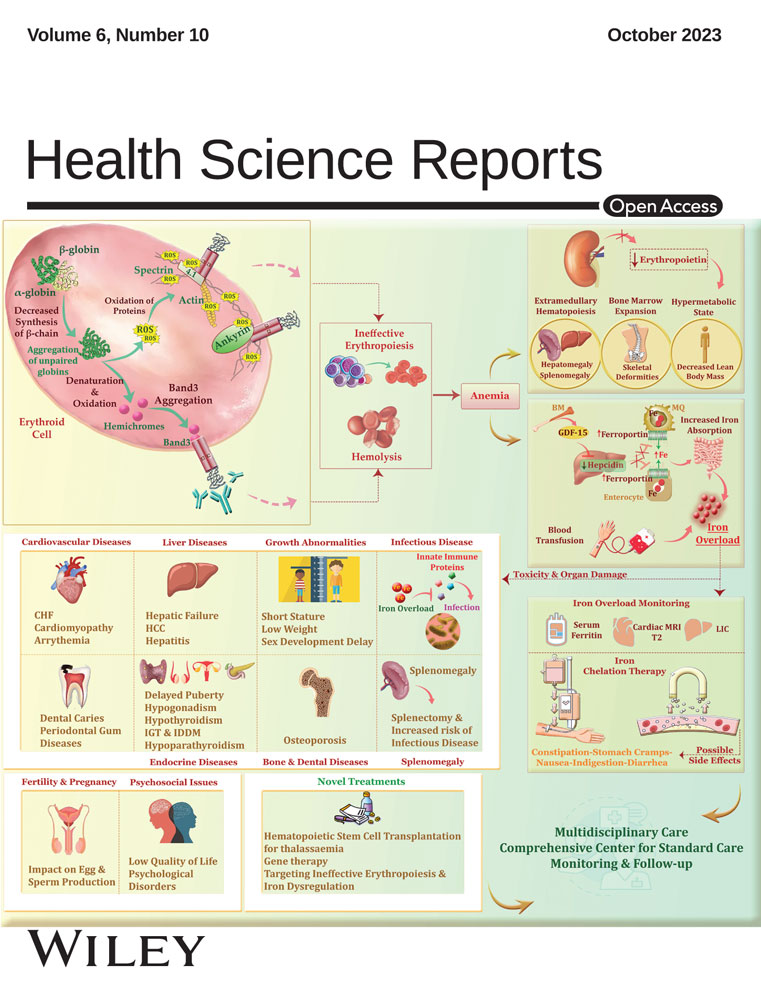Domestic violence against Iranian women during the Covid-19 lockdown: A cross-sectional study
Abstract
Background and Aims
Despite the fact that public health measures such as social isolation can help control the coronavirus disease 2019 (Covid-19) pandemic, these procedures may contribute to elevated levels of stress and escalate various forms of violence against women. The current study aimed to estimate the prevalence of domestic violence and identify factors associated with domestic violence during the Covid-19 lockdown among married women attending healthcare centers in Iran.
Methods
This cross-sectional study, conducted between 2020 and 2021, focused on a sample of 5317 married women who sought healthcare services within urban centers across five major cities in Iran. Sampling was done through a multistage cluster method. The Revised Conflict Tactics Scales (CTS2) were used to assess levels of violence. The collected data was analyzed using descriptive and inferential statistics, including independent sample t-test, Chi-square, and multiple logistic regression) with the SPSS software version 22.
Results
During the Covid-19 lockdown, psychological violence was reported by 66.7% of women (95% confidence interval [CI], 65.44%–67.98%), physical violence by 44.8% (95% CI, 43.43%–46.10%), sexual violence by 28.8% (95% CI, 27.60%–30.03%), and injury by 24.5% (95% CI, 23.39%–25.70%). The multiple logistic regression showed several significant factors associated with domestic violence. These included low levels of social support (p < 0.001), shorter duration of marriage (p < 0.001), unemployment of both women (p < 0.007) and their spouses (p < 0.001), poor economic status (p < 0.001), as well as substance abuse by the husband, including alcohol (p < 0.001) and drug abuse (p < 0.01), and smoking (p < 0.01).
Conclusion
The findings highlighted the magnitude of domestic violence against women during the Covid-19 lockdown. It is crucial to implement comprehensive strategies that encompass preventive and responsive measures to address domestic violence not only during lockdowns but also in the post-lockdown period.
CONFLICTS OF INTEREST STATEMENT
The authors declare no conflict of interest.
Open Research
DATA AVAILABILITY STATEMENT
Data available on request from the corresponding author.




